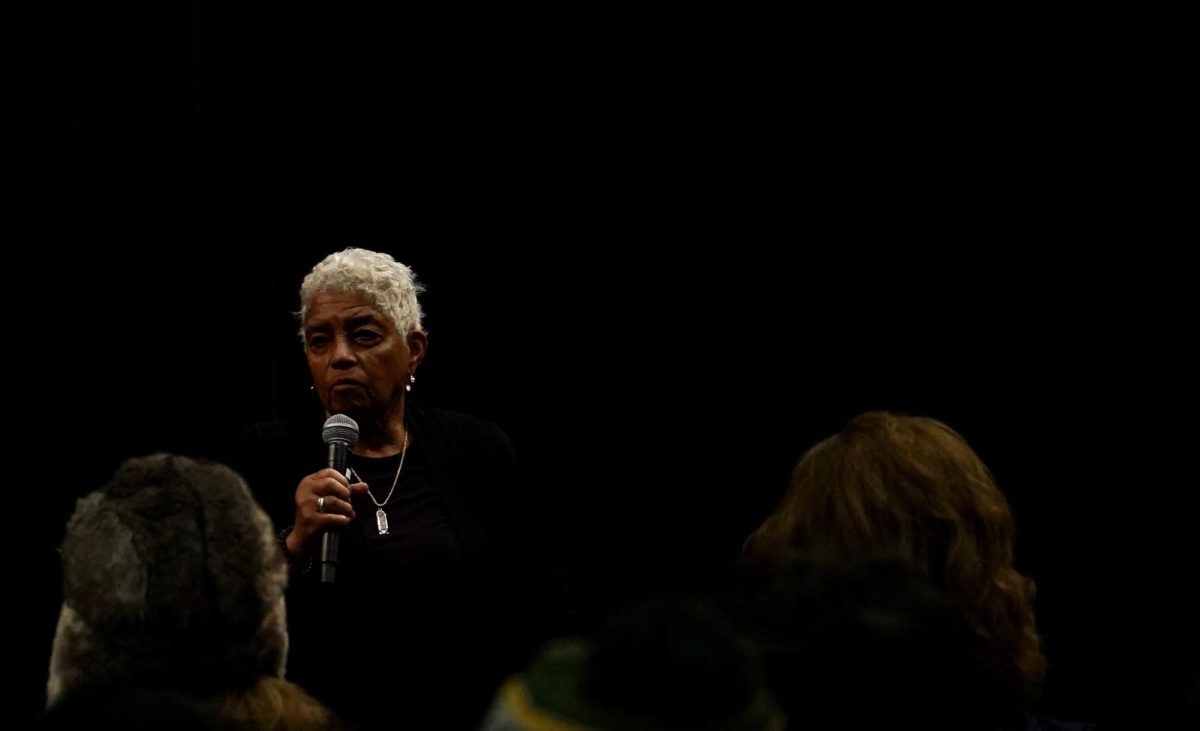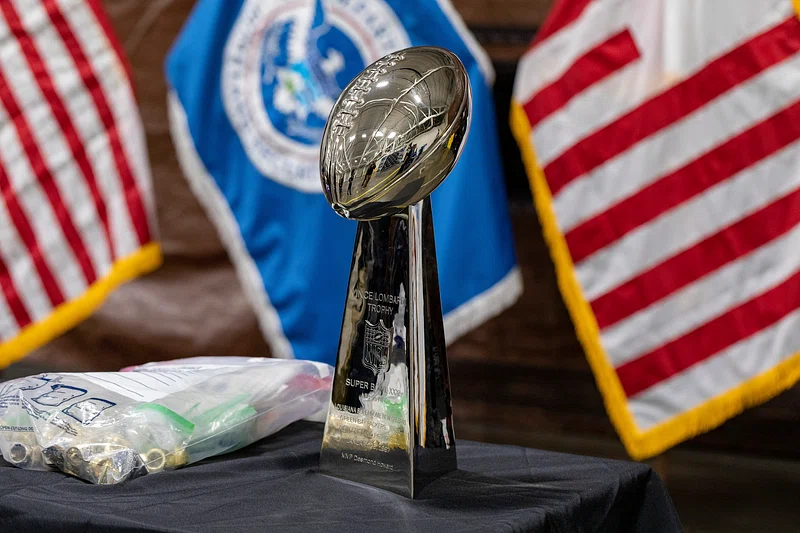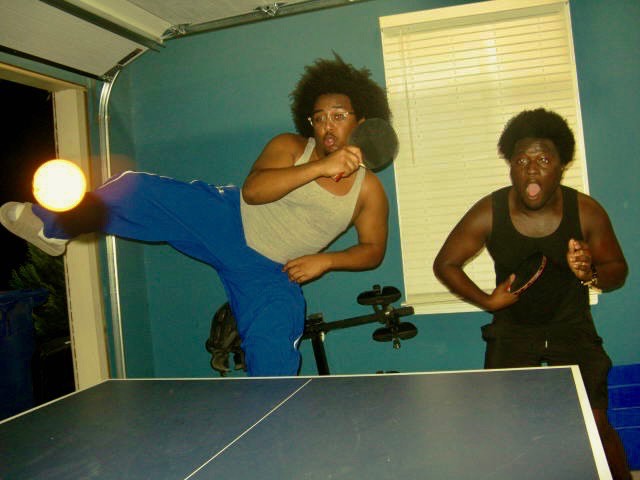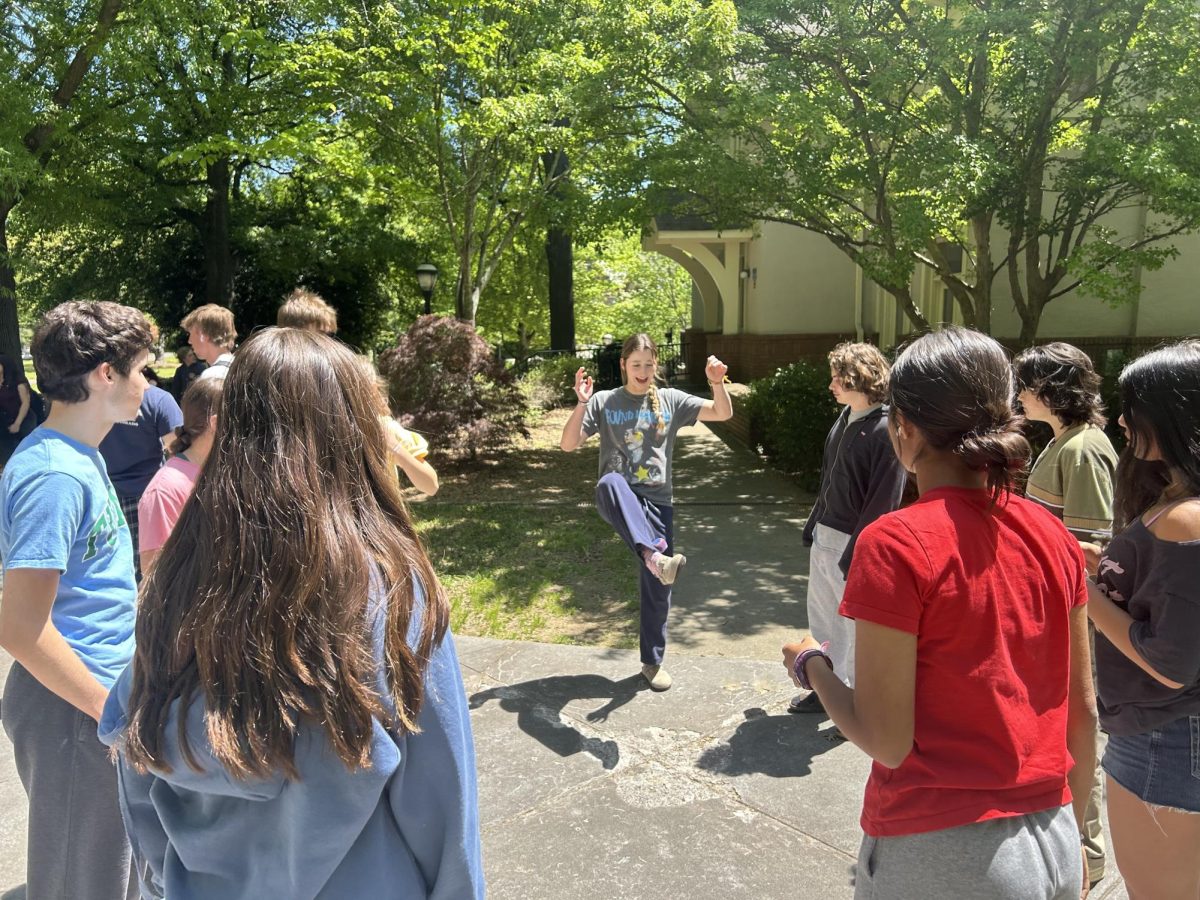At the beginning of September, the use of nitrous oxide, more commonly known as whippets, blew up on the internet. The newfound popularity of the drug can be attributed to the viral “My name Lil T Man” video spread through various social media platforms. The video shows a young man taking a whippet and saying the iconic phrase in an Atlanta restaurant, Lost in Da Souse. Since the original video was posted, many other social media users have recreated this video and have recorded themselves taking whippets.
Whippets have been widely used for years, but not until recently has their use been posted and seen throughout apps like Instagram and TikTok. More commonly known as laughing gas, nitrous oxide is used professionally during dental operations and as a recreational drug. Due to Lost in Da Sauce’s popular video, sales of Galaxy Gas, a company that sells nitrous oxide in canisters for whipped cream, have blown up exponentially. Videos of popular rappers and internet personalities, such as Gunna, taking whippets have resurfaced, pushing the popularity and use of the drug.
An article published in the Wiley Analytical Science Journal discusses the risk of frequent recreational use of nitrous oxide. Frequent inhalation of nitrous oxide can lead to permanent damage to the user’s lungs, thus negatively impacting their lives forever. Whippets and Galaxy Gas show how viral videos can influence the actions of impressionable children, showing how social media can be a direct factor in the decline of public health.
The rise of whippets shows how easily influenced the youth is. In particular, kids in Atlanta have shown a keen interest in Galaxy Gas since it’s the origin place of the viral video. Lost In Da Sauce made a mistake posting that video, and although it has been taken down, the effects are irreversible. Users of social media should be conscious about what they post regarding substance use, and should post disclaimers on the harmful effects of some substances. By posting funny videos alongside educational content, social media could become a safer outlet for the youth.
















